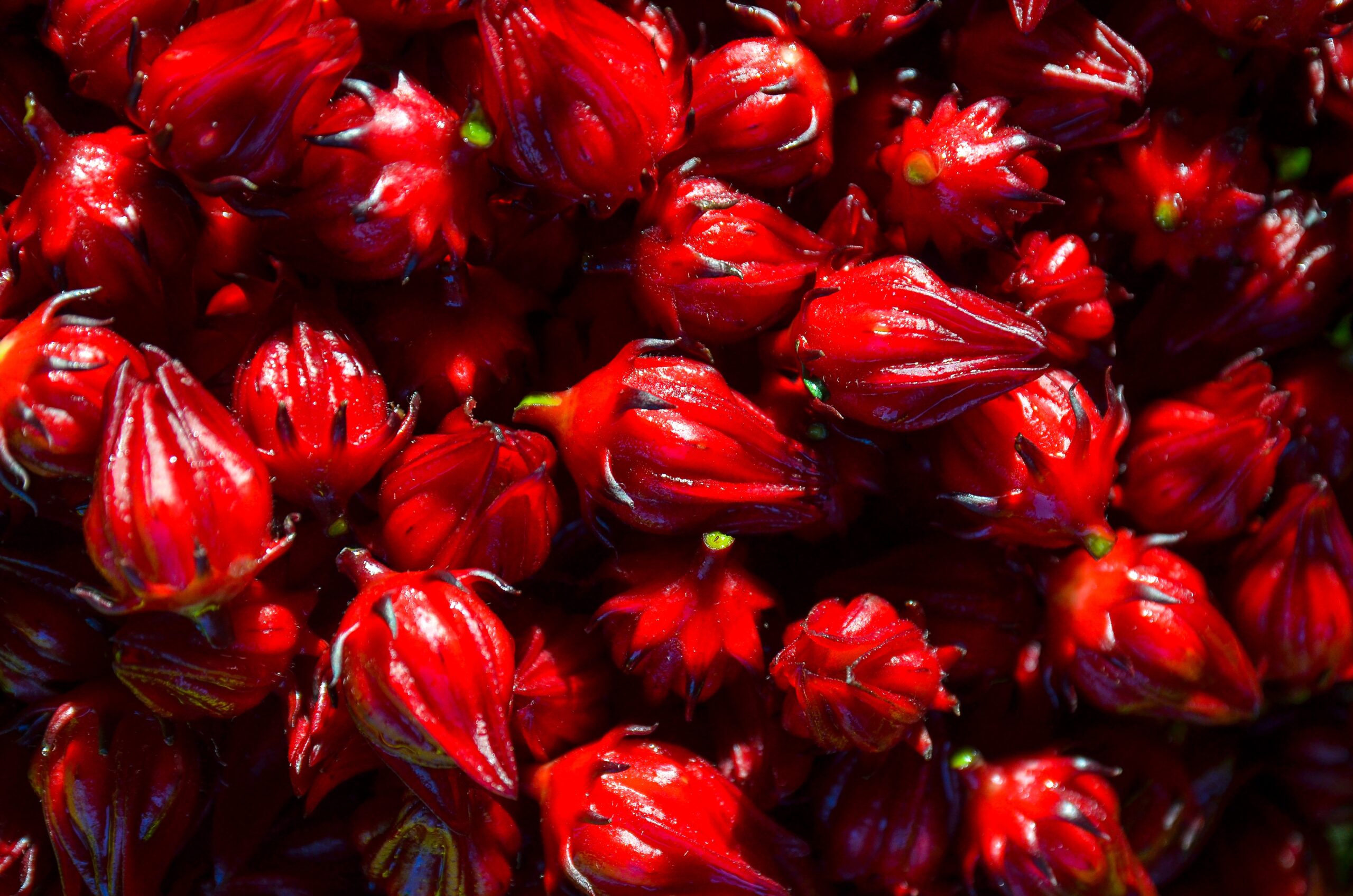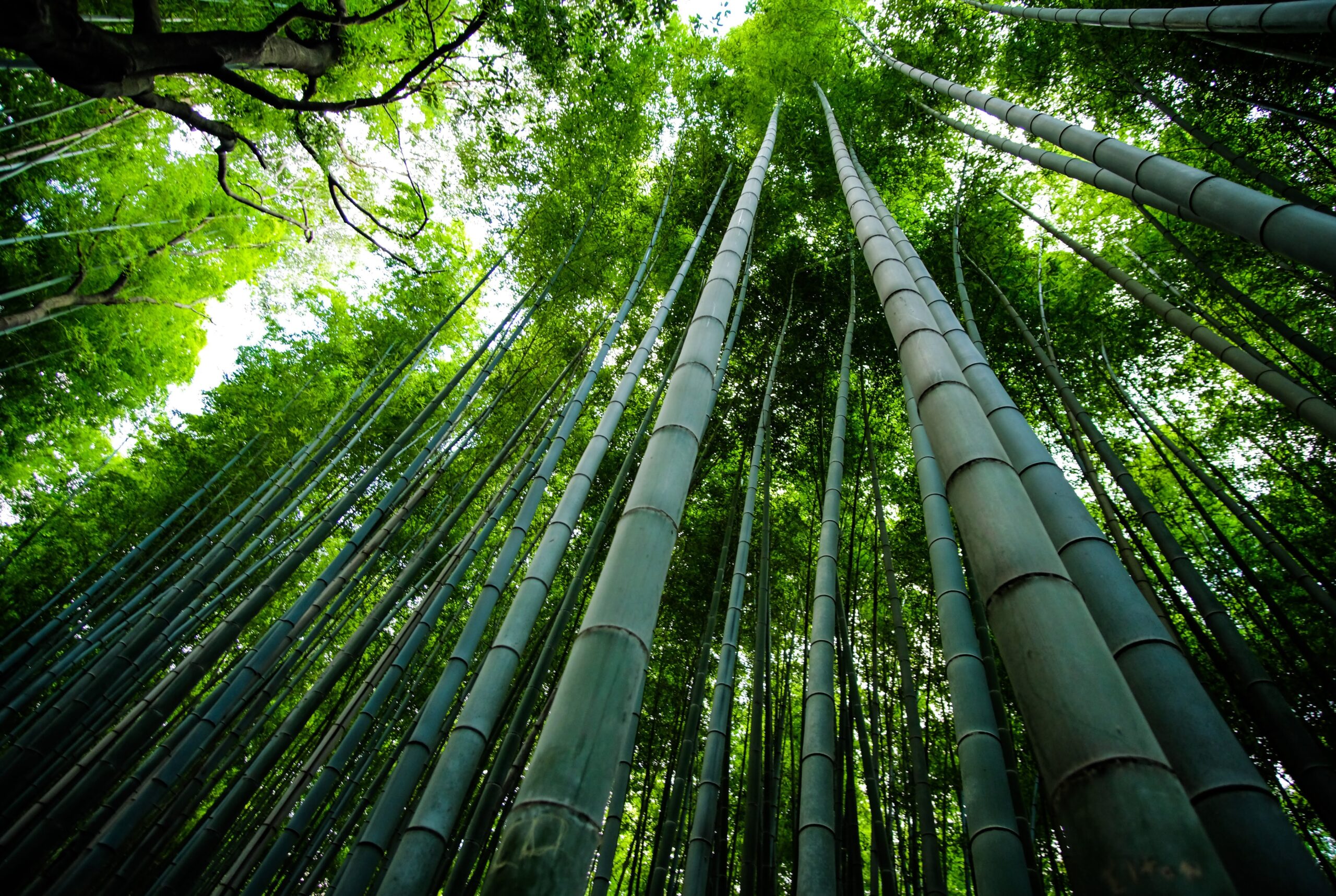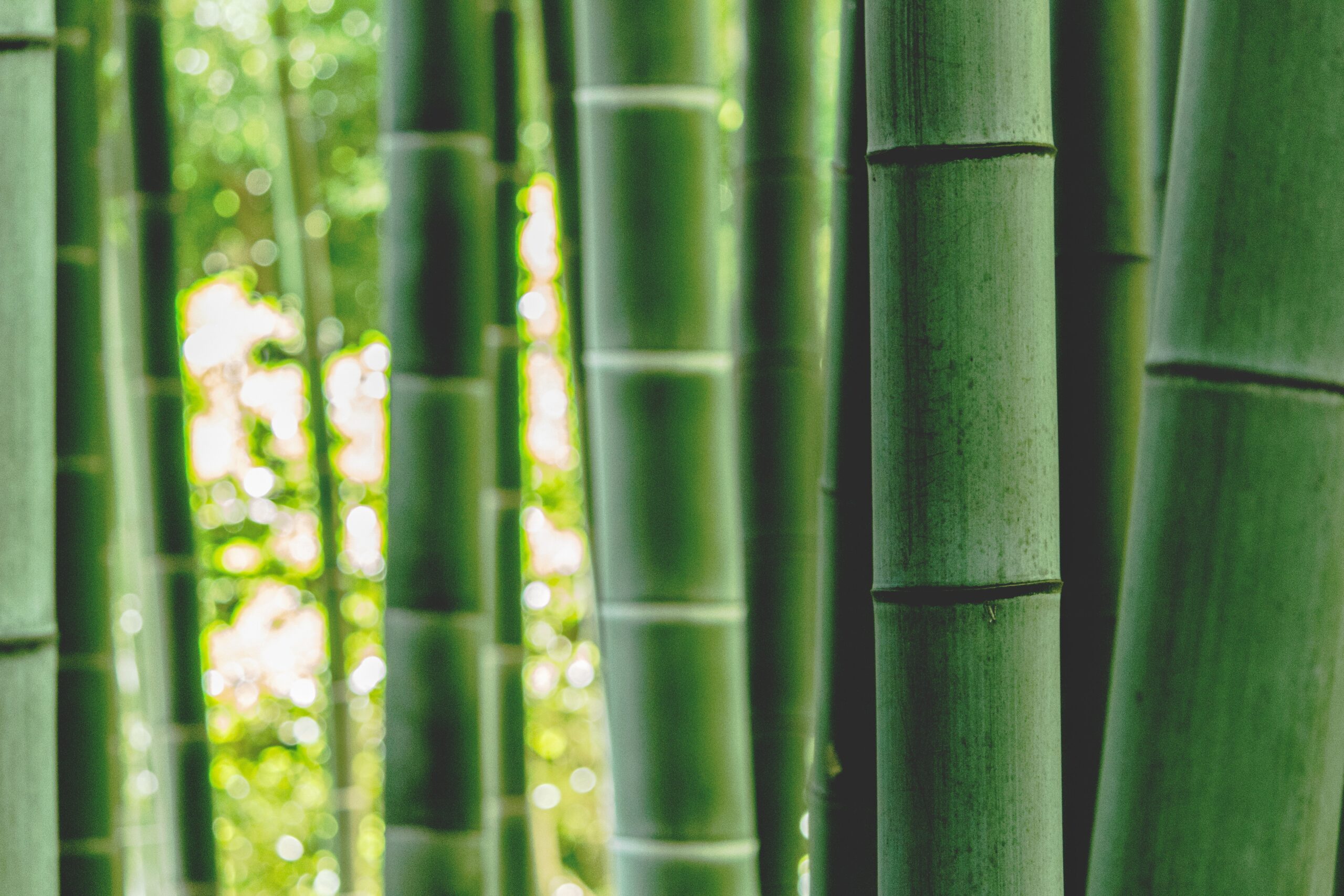Tea is the result of processing the shoots (young leaves) of the tea plant (Camellia sinensis) which is used as a beverage ingredient. Gradually roselle tea began to be popular with the public. It’s not impossible if one day rosella tea can shift the prestige of ordinary tea, considering that rosella is easy to develop and can grow not only in cold areas.
Tea from rosella flowers also has more or less the same properties as tea that we usually consume, even the content of vitamin C as the antioxidants are greater than regular tea and rosella flower tea contains omega 3. Examples of rosella flowers are presented below.
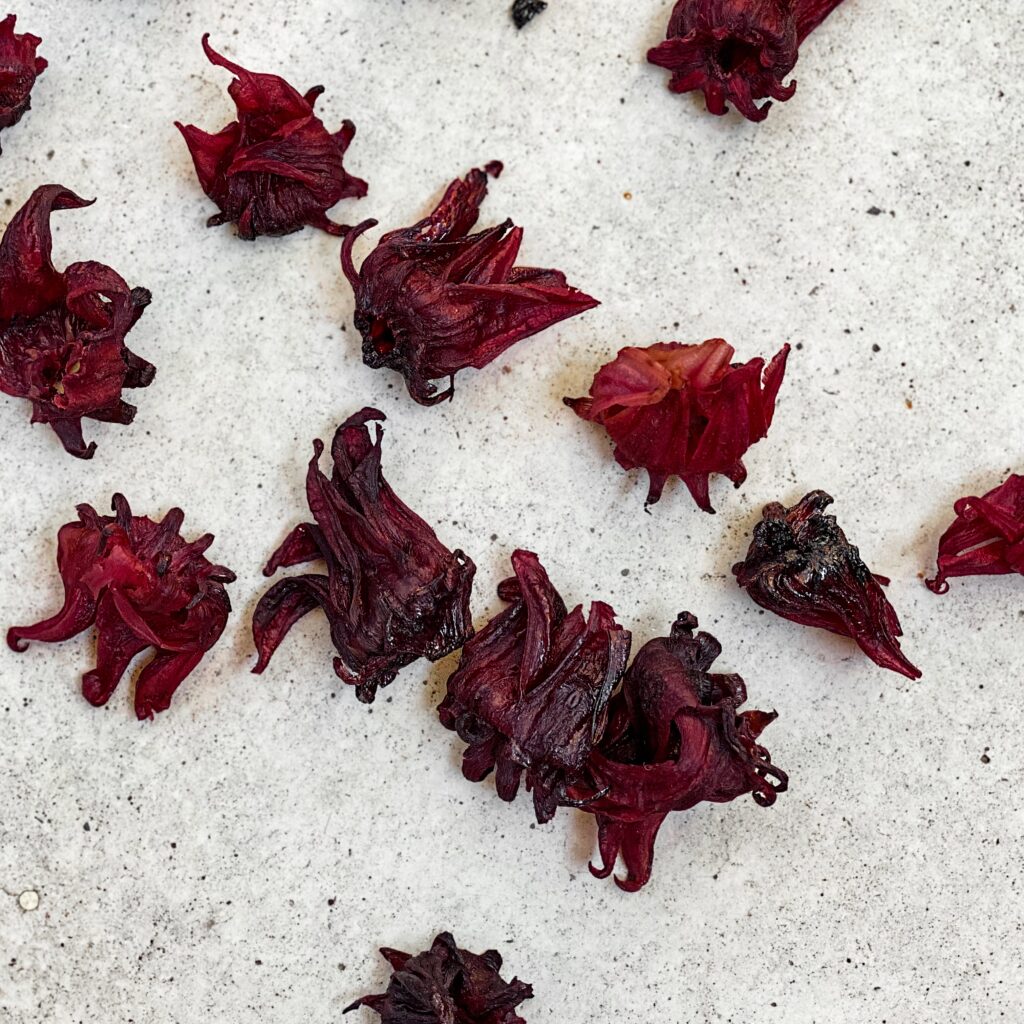
The various ingredients contained in the rosella plant make it popular as a traditional medicinal plant. Vitamin content in rosella flowers quite complete, namely vitamins A, C, D, B1, and B2. in fact, its vitamin C content (ascorbic acid) is known to be 3 times more than black grapes, 9 times than orange citrus, 10 times that of star fruit, and 2.5 times that of guava. Vitamin C is an important antioxidant. The sour taste in rosella flowers is a combination of various types of acids such as ascorbic acid, citric acid, and glycolic acid. Also active ingredients contained in rosella are peptin, anthocyanins, and beneficial flavonoids prevent cancer, control blood pressure, blood circulation, etc. The fiber content is quite high which plays a role in launched the disposal system and lowered cholesterol levels as well beneficial for the body. In general, the chemical composition of rosella petals can be seen in Table 1.
Table 1. Chemical composition of rosella petals.
Per 100 gr of material
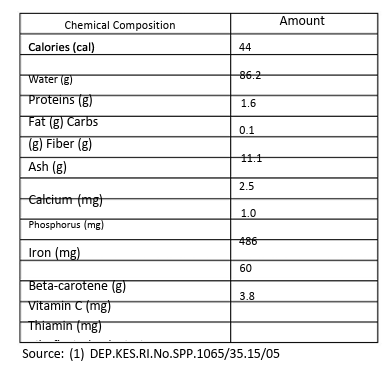
(2) http://warnet.tblog.com/post/1970105842
Based on the chemical composition contained, it can be described some of the benefits of rosella flowers, including the following :
- As an Anti-Oxidant
High levels of anti-oxidants in rosella calyx can inhibit it free radicals. There are many chronic diseases that are commonly found today caused by excessive exposure to free radicals. Including damage kidney, diabetes, mellitus, coronary heart disease, to cancer. Plus, radical Free radicals can
also cause premature aging. - Anti-Cancer
In the presence of anti-oxidants, free radical cells that damage the cell nucleus can be removed. That’s why rosella has an anti-cancer effect. - Anti-Hypertension
The diastolic blood pressure was reduced up to ten figures for 79% of people consuming rosella and for people taking antihypertensive drugs - Guardian of The Hearts
The extract rosella can protect rat liver. After being given 1-5% rosella for 9 weeks, liver damage such as steasis and fibrosis down. - Prevent osteoporosis
The most important substance in rosella that plays a role in preventing osteoporosis is calcium. The calcium content in rosella is quite high, namely 486 mg/100 gr. The main function of calcium is to fill the density (density) of bones. - Other benefits of rosella flowers
Develop rosella cultivation and rosella processing into a variety of products. Rosella cultivation has good prospects promising and can be used as economic added value for society.
Closing
Anonymous. (2010). Nutritional Content of Rosella Tea. http://warnet.tblog.com/post/1970105842
Rienkarianty. (2008). Rosella, Fragrant Flowers Rich in Benefits.
http://tehmerahrosella.wordpress.com/2008/08/14/rosella-bunga-wangi
rich- untung/
Writed by Novi Indah Permata Sari, ST.,M.Sc
